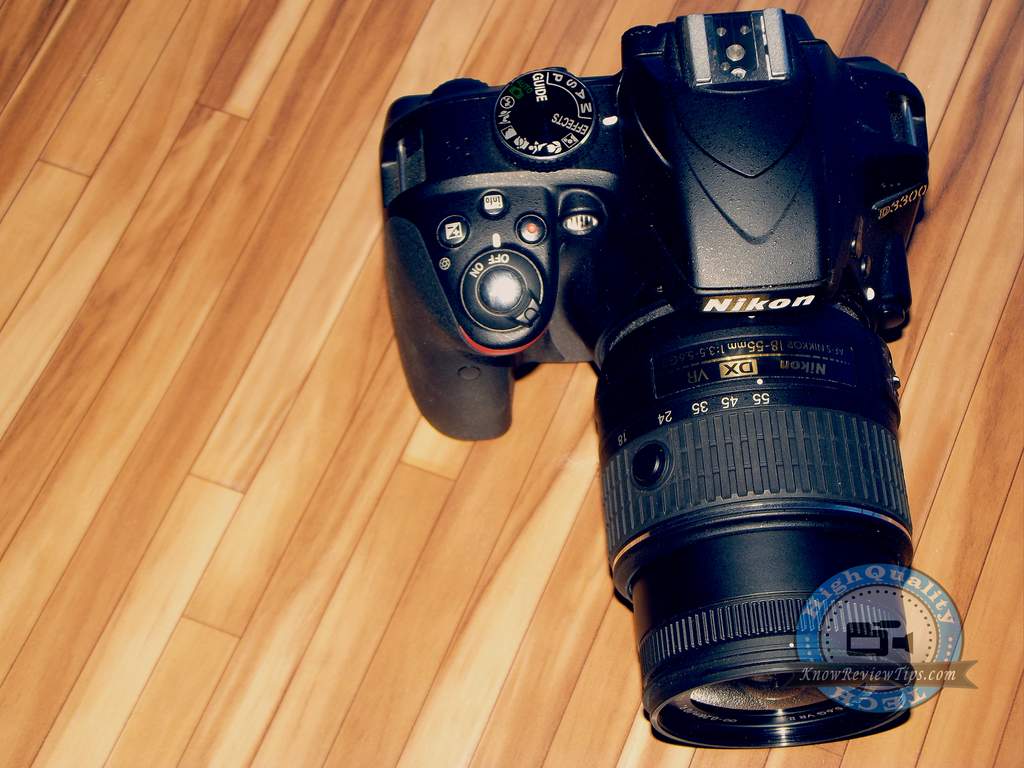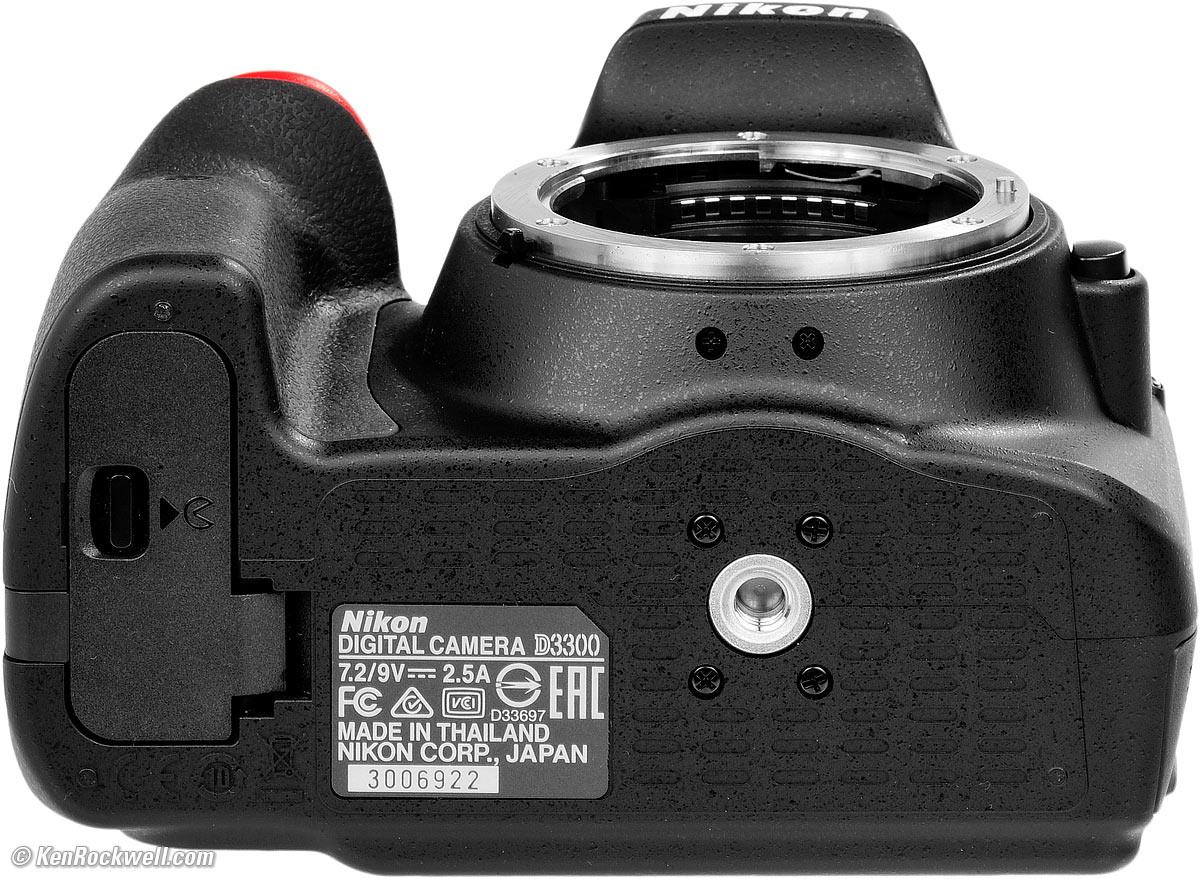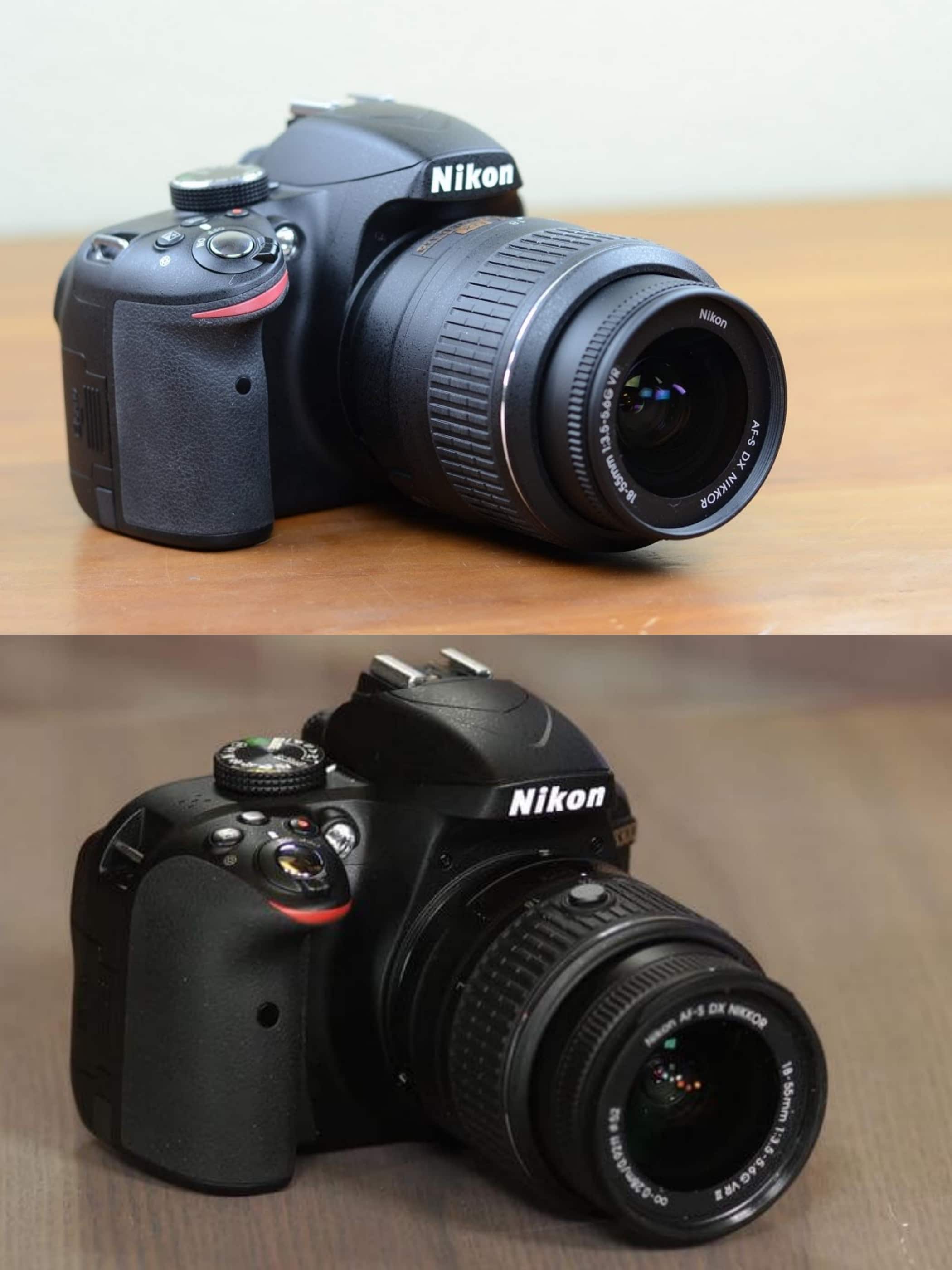

Optical viewfinder with approximately 95% frame coverage and 0.85x magnificationĪvailable in three body colours: Black, red, and grey Special Effects mode: 13 distinctive effects for still images and moviesģinch LCD with wide-viewing angle and 921K-dot resolution
#Nikon d3200 vs 3300 iso
ISO 100–12,800 (expandable to ISO 25,600 equivalent)ġ1-point AF system with a cross-type sensor in the centreĤ20-pixel RGB metering sensor with Nikon’s Scene Recognition Systemįull HD movies at frame rates up to 50/60pīuilt-in mono microphone and compatibility with Nikon’s ME-1 Stereo MicrophoneĮasy wireless connectivity: Via Nikon’s Wu-1a Mobile Adapter Guide Mode: Clear, step-by-step assistance

Options include Resize, Quick Retouch and Straighten as well as effects including Selective Colour, Colour Sketch, and Miniature Effect.Ģ4.2-megapixel DX-format APS-C CMOS sensor with no OLPF The photo retouch menu lets you edit photos, where there are a range of tools and effects.
#Nikon d3200 vs 3300 full
The D3300 is also compatible with the full range of NIKKOR DX-format lenses and entry-level Nikon Speedlights. Active D-Lighting helps retain more detail in the dark and bright areas of high-contrast lighting conditions. The D3300 is designed to be easy to use with a built in guide mode - offering step-by-step assistance. Image courtesy Nikon, showing the Nikon D3300 with the AF-S DX Nikkor 18-55mm f/3.5-5.6G VR II lens compared with the D3200 and 18-55mm VR I lens, indicated by the blue lines and areas. The Nikon D3300 is the lightest and smallest Digital SLR in Nikon's range, designed to appeal to users of all levels, and with the more compact size, partly possible by the new compacting lens, the camera is more likely to be used and taken with you. As well as the traditional optical viewfinder, which has a dioptre adjuster, you can use Live View which is activated by a button on the rear.

There is 11-point auto focus (AF) with the focus points highlighted in the optical viewfinder. The D3300 is also lighter than the D3200, and offers a 700 shot battery life, compared to 500 shots on the D3200, thanks to a new EN-EL14a battery. Video is another area that has been updated, with the Nikon D3300 now shooting full HD at 60p and 50p, compared to 30p and 25p on the D3200. The camera now features the latest EXCEED 4 image processing engine for improved continuous shooting which is now 5fps compared to 4fps on the D3200, as well an extended ISO range which goes to ISO25600, compared to ISO12800 on the D3200. The Nikon D3300 improves on the D3200 by offering a 24.2 megapixel sensor with no optical low-pass filter (OLPF), designed to give the sharpest image possible. It updates the Nikon D3200 which is still available. Designed to be an entry level consumer friendly Digital SLR, the D3300 is the most compact DSLR in Nikon's range, and is introduced with a new compact, retractable kit lens, the AF-S DX NIKKOR 18–55mm f/3.5–5.6G VR II to make the camera even smaller when not in use.


 0 kommentar(er)
0 kommentar(er)
